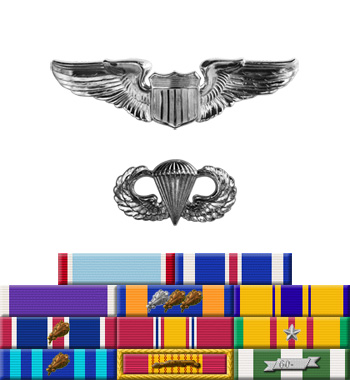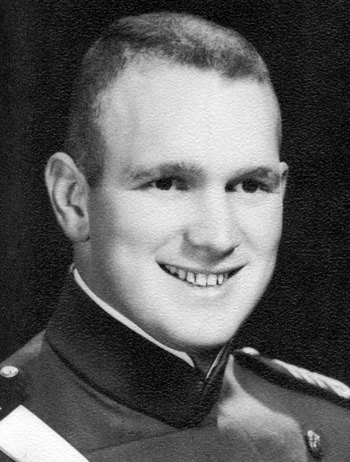
|
John L. Carroll |
 |
|||
| Rank, Service | ||||
Major O-4, U.S. Air Force |
||||
| Veteran of: | ||||
|
||||
| Tribute: | ||||
John Carroll was born on May 6, 1940, in St. Louis, Missouri. He entered the U.S. Air Force Academy on June 27, 1958, and graduated with a commission as a 2d Lt on June 6, 1962. Lt Carroll graduated from Undergraduate Pilot Training and was awarded his pilot wings at Moody AFB, Georgia, in September 1963, and then completed B-52 Stratofortress Combat Crew Training before being assigned to the 325th Bomb Squadron at Fairchild AFB, Washington, where he served from February 1964 to December 1969. During this time, Capt Carroll made two deployments to Southeast Asia and completed 160 combat missions. He then transferred to the 93rd Bomb Wing at Castle AFB, California, where he served as an instructor pilot with the Combat Crew Training School from December 1969 to January 1971, when he entered Test Pilot School at Edwards AFB, California. Capt Carroll completed Test Pilot School in December 1971 and then went through OV-10 Bronco training for Forward Air Control duty in Southeast Asia. He flew with the 20th Tactical Air Support Squadron at Da Nang AB in the Republic of Vietnam, and then with the 56th Special Operations Wing (as a Raven FAC flying O-1 Bird Dogs) at Udorn Royal Thai AFB, Thailand, from May 1972 until he was killed in action in Laos on November 7, 1972. Maj Carroll's remains were located and returned to the United States in 2007, and he was buried at the Air Force Academy Cemetery in Colorado Springs, Colorado. |
||||
|
||||

